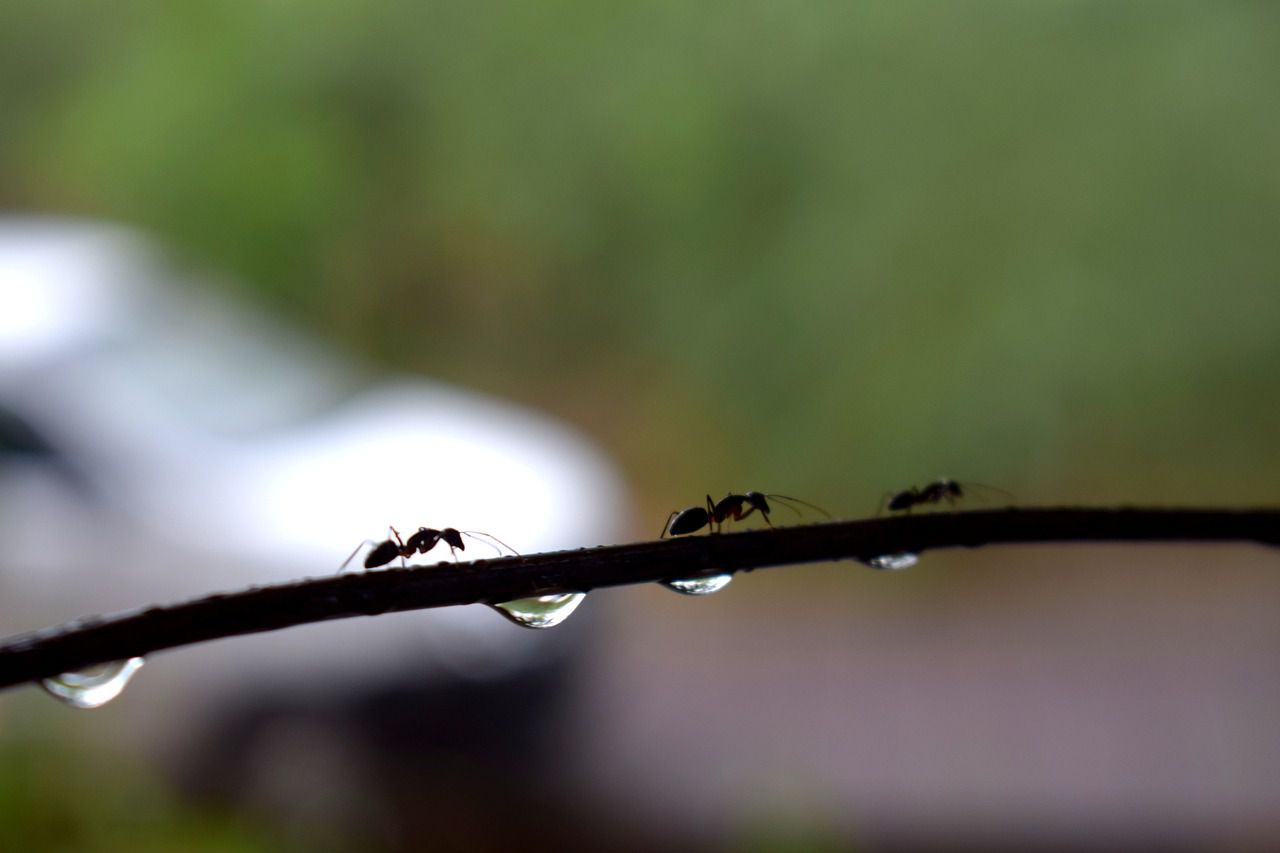To make your plants thrive, you should remember about relative humidity and how it affects your garden.
While it's impossible to control the weather, you still can affect the humidity levels of your garden, so your plants can stay healthy.
Let's find out more about how high and low humidity affects your garden.

High Humidity
High humidity in the air means there's a lot of moisture present compared to the maximum amount the air can hold at a specific temperature.
Plants lose water through small openings in their leaves called stomata. When the air is humid, it reduces the rate of water loss through transpiration.
This is good for plants because it helps them conserve water and stay hydrated.
Low Humidity
Low humidity indicates that the air is dry and contains less moisture compared to what it could hold at a particular temperature.
In low humidity conditions, plants lose water from their leaves more quickly through transpiration.
This can lead to soil drying out faster, especially in hot and arid environments.
Prolonged exposure to low humidity can stress plants. They may show signs of wilting, leaf browning, and slowed growth.
Stressed plants are more susceptible to pests and diseases.
Gardeners may need to water their plants more frequently in low-humidity conditions to compensate for the increased water loss.
In regions with consistently low humidity, gardeners may need to take additional measures, such as using mulch to retain soil moisture, providing shade during the hottest parts of the day, and selecting drought-resistant plant varieties.
Conclusion
In summary, relative humidity has a significant impact on garden plants.
High humidity is generally beneficial, as it helps plants conserve water and reduces stress.
Low humidity can lead to increased water loss, stress, and vulnerability, requiring gardeners to be attentive to watering and employ protective measures in dry, arid conditions.













